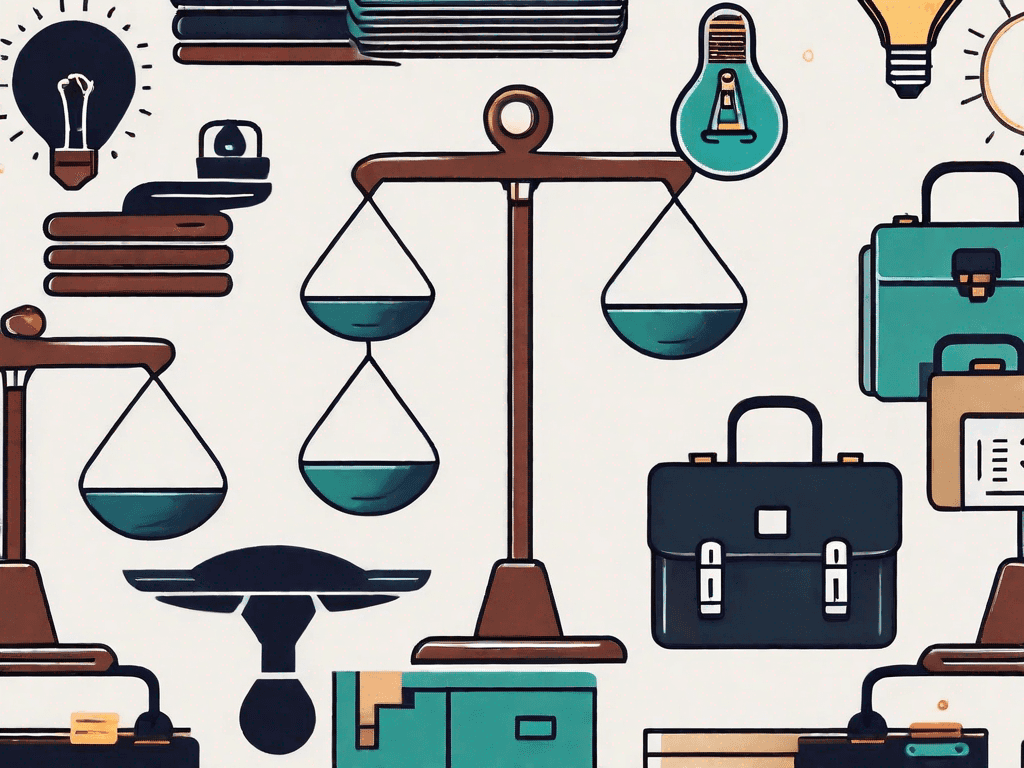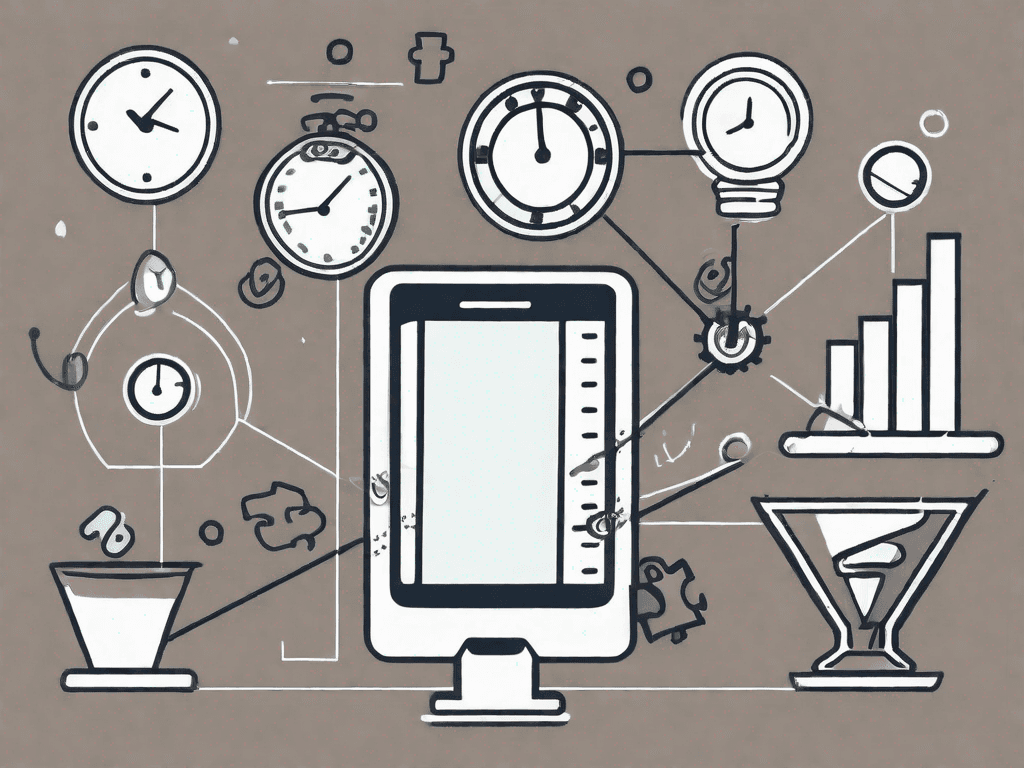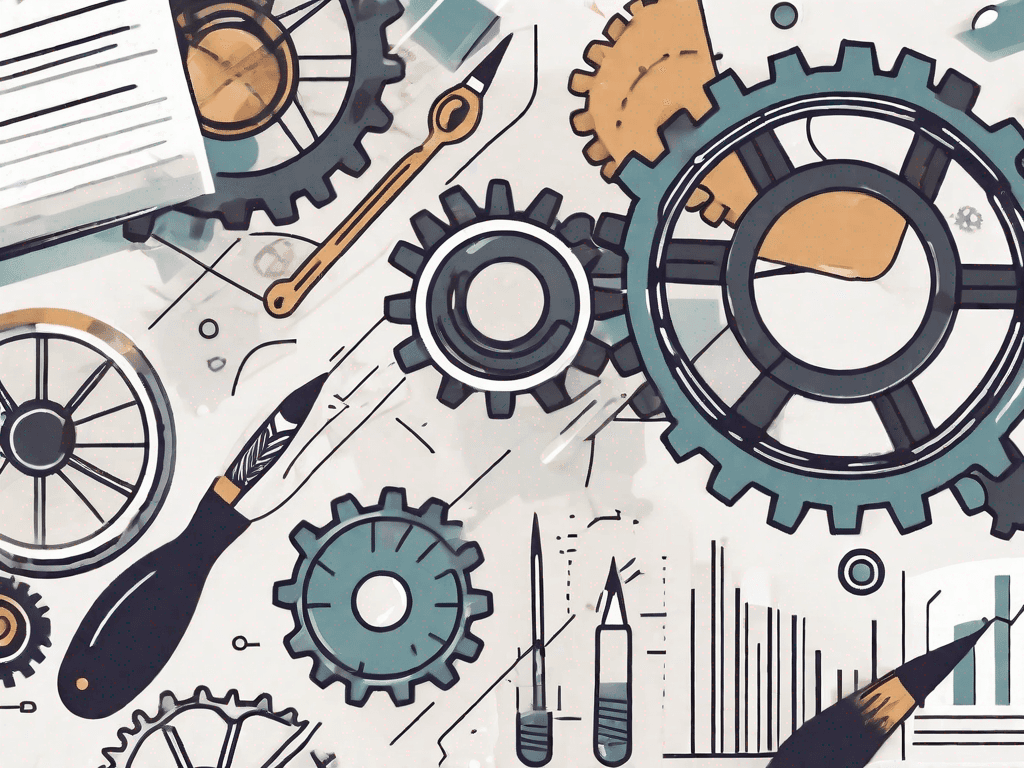
What is the Buying Cycle? (Explained With Examples)
The buying cycle is a process that a consumer goes through when making a purchasing decision. It involves several stages that begin with identifying a need or want and ends with the post-purchase evaluation. Understanding the buying cycle is essential for businesses as it allows them to tailor their marketing strategies accordingly. In this article, we will explore the concept of the buying cycle in depth and provide examples to illustrate its application in various contexts
1. What is the Buying Cycle?
The buying cycle refers to the journey that a consumer takes from the initial recognition of a need or want to the final purchase. It involves a series of stages that consumers go through in order to complete their buying decision. By understanding these stages, businesses can better meet their customers' needs and provide them with the appropriate information and support.
Let's dive deeper into the different stages of the buying cycle and explore the advantages and disadvantages of using this framework in marketing strategies.
1.1 Definition of the Buying Cycle
The buying cycle can be defined as a process that consists of several sequential stages, namely: need recognition, information search, evaluation of alternatives, purchase decision, and post-purchase evaluation.
1.1.1 Need Recognition:
The first stage of the buying cycle is when a consumer becomes aware of a need or want. This can be triggered by various factors such as a problem or desire for improvement. For example, a person might realize they need a new laptop because their current one is slow and outdated.
1.1.2 Information Search:
Once the need is recognized, consumers start gathering information to find potential solutions. They may seek recommendations from friends, read online reviews, or visit stores to compare products. In our laptop example, the consumer might research different brands, specifications, and prices to make an informed decision.
1.1.3 Evaluation of Alternatives:
After gathering information, consumers evaluate the available alternatives. They assess the features, benefits, and value of each option to determine which one best meets their needs. In the laptop scenario, the consumer might compare different models based on performance, durability, and price.
1.1.4 Purchase Decision:
Once the evaluation is complete, consumers make a purchase decision. This involves selecting a specific product or service and completing the transaction. Factors such as price, availability, and brand reputation can influence this decision. The consumer in our example might choose a laptop that offers a balance of performance and affordability.
1.1.5 Post-Purchase Evaluation:
After making a purchase, consumers evaluate their satisfaction with the product or service. They assess whether it met their expectations and whether they would recommend it to others. This stage is crucial for businesses as it can impact customer loyalty and future buying decisions. The consumer who bought the laptop might assess its performance, durability, and overall value for money.
1.2 Advantages of the Buying Cycle
There are several advantages to understanding and utilizing the buying cycle in marketing strategies:
Targeted Marketing: By knowing where your customers are in the buying cycle, you can tailor your marketing messages to address their specific needs and concerns. For example, if a customer is in the information search stage, you can provide detailed product comparisons and reviews to help them make an informed decision.
Improved Conversion Rates: Understanding the buying cycle enables you to provide the right information and support at each stage, increasing the chances of converting leads into customers. By aligning your marketing efforts with the customer's journey, you can guide them towards making a purchase.
Customer Retention: By considering the post-purchase evaluation stage, you can focus on delivering a positive customer experience and building long-term relationships. This includes providing excellent customer service, addressing any concerns or issues, and encouraging feedback. Satisfied customers are more likely to become repeat buyers and brand advocates.
1.3 Disadvantages of the Buying Cycle
While the buying cycle can be a valuable tool for businesses, it also has some limitations:
Variability: Every customer is unique, and their buying cycles may differ. It is challenging to accurately predict and map out the exact decision-making process for each individual. Factors such as personal preferences, budget constraints, and external influences can impact the buying cycle.
Complexity: The buying cycle is not always a linear process. Customers can move back and forth between stages, making it difficult to determine their current position. For example, a consumer who already made a purchase might revisit the information search stage if they encounter a new need or want.
Despite these limitations, understanding the buying cycle can provide valuable insights into consumer behavior and help businesses develop effective marketing strategies.
2. Examples of the Buying Cycle
2.1 Example in a Startup Context
Imagine a startup that offers a new software product. The buying cycle for their potential customers may involve the following stages:
Need Recognition: The customer realizes that their current software lacks certain features and is not meeting their needs effectively.
Information Search: The customer begins researching alternative software solutions and gathers information on various options available in the market.
Evaluation of Alternatives: After comparing different software options, the customer narrows down their choices to a few finalists and evaluates them based on factors such as features, pricing, and customer reviews.
Purchase Decision: The customer decides on the software product that best meets their needs and makes a purchase.
Post-purchase Evaluation: After using the software, the customer evaluates its performance and decides whether to continue using it or look for alternatives.
2.2 Example in a Consulting Context
In a consulting context, the buying cycle may involve the following stages:
Need Recognition: A company realizes that they need external expertise to improve their business processes and overcome challenges.
Information Search: The company researches consulting firms, their areas of expertise, and success stories.
Evaluation of Alternatives: The company evaluates different consulting firms based on factors such as experience, reputation, and cost.
Purchase Decision: The company selects a consulting firm and signs a contract.
Post-purchase Evaluation: After the consulting engagement, the company assesses the results and determines the impact of the consulting services on their business.
2.3 Example in a Digital Marketing Agency Context
A digital marketing agency may encounter the following buying cycle:
Need Recognition: A business recognizes the need to improve their online presence and attract more customers.
Information Search: The business explores digital marketing agencies and gathers information on their services and success stories.
Evaluation of Alternatives: The business evaluates different agencies based on factors such as industry expertise, past performance, and pricing.
Purchase Decision: The business selects a digital marketing agency and signs a contract.
Post-purchase Evaluation: Once the marketing campaign is executed, the business reviews the results and assesses the agency's impact on their online visibility and customer acquisition.
2.4 Example with Analogies
To better understand the buying cycle, let's consider an analogy with planning a vacation:
Need Recognition: You realize you need a break and decide to plan a vacation.
Information Search: You research different destinations, accommodation options, activities, and travel arrangements.
Evaluation of Alternatives: You compare different destinations, consider factors such as cost, weather, and attractions, and narrow down your choices.
Purchase Decision: You book your vacation, including flights, accommodation, and activities.
Post-purchase Evaluation: After the trip, you reflect on your experience, evaluate whether the destination met your expectations, and consider planning future vacations.
In conclusion, the buying cycle is a crucial concept for businesses to understand. By mapping out and addressing each stage of the buying process, companies can effectively meet their customers' needs and improve their chances of converting leads into loyal customers. To succeed in today's competitive marketplace, it is vital for businesses to recognize the importance of the buying cycle and tailor their marketing efforts accordingly.











































































































































































































